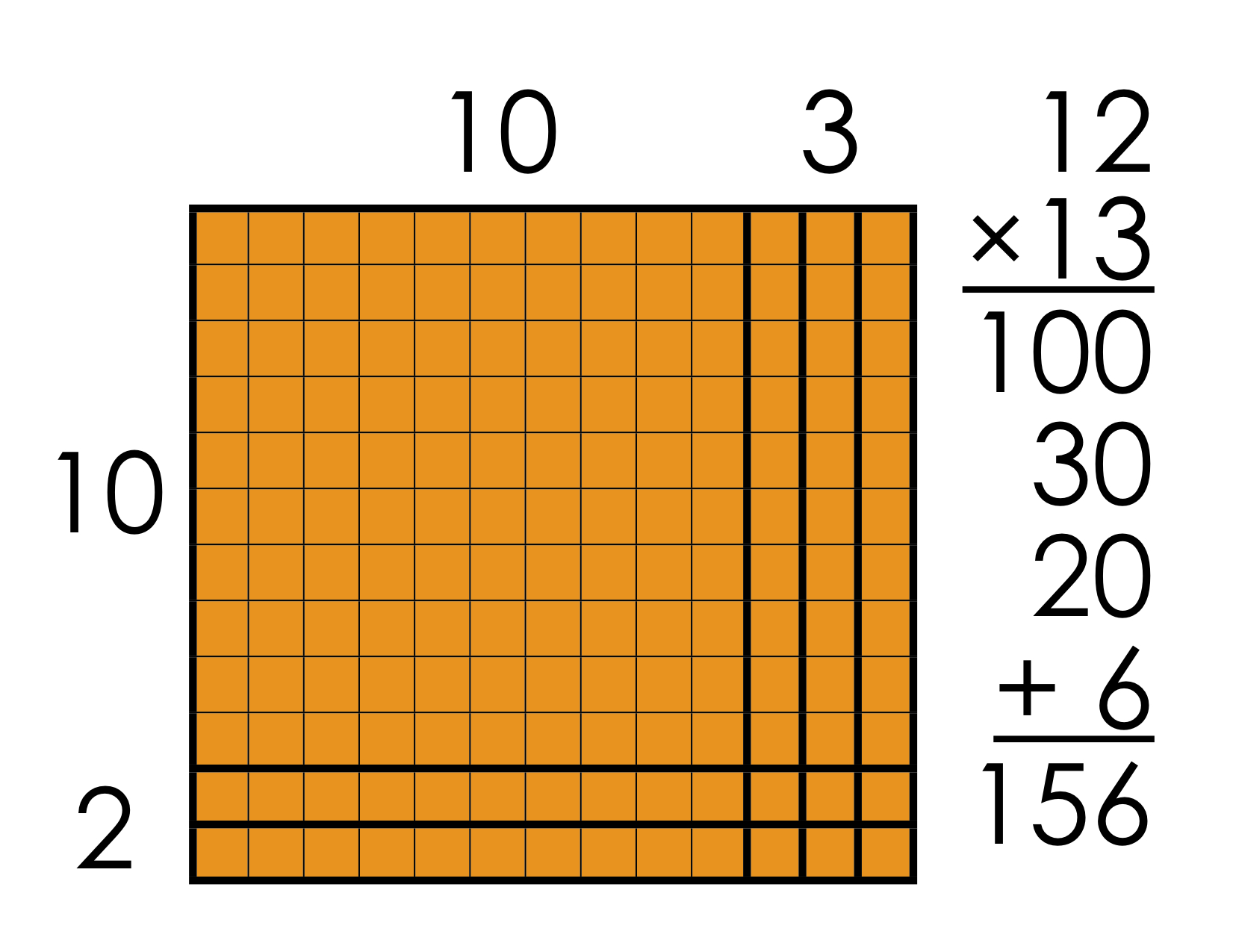Area Model Video
Here is an example of the area model for multiplication:

I think the area model is a great way to show students that multiplication is nothing more than adding up partial products. Base 10 blocks are useful manipulatives for teaching kids about multiplication. The blocks allow students to get their hands on the numbers to see how the numbers add up to the final product. I can see how cooperative learning groups would be a good way to let kids practice the area model. Start with groups of 3-4 students and have them use the base 10 blocks together to solve the equations.
Math and Teaching - Area Model

Websites like Kidspitation have manipulatives that would be fun for students to use while learning the area model for multiplication. Many classrooms have SmartBoards that students could use to practice on during instruction. Students would solve a 2 digit multiplication problem by drawing an area model and writing the parital products as they go. The process of adding the partial products would help students see the step by step process. I think the area model is a method that will make sense to kids and allow them to see their answers.